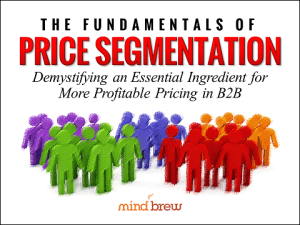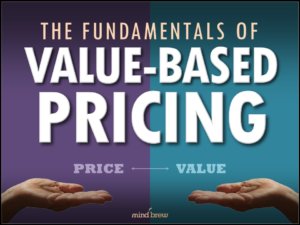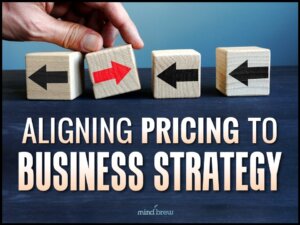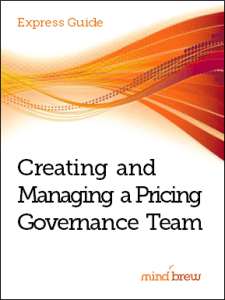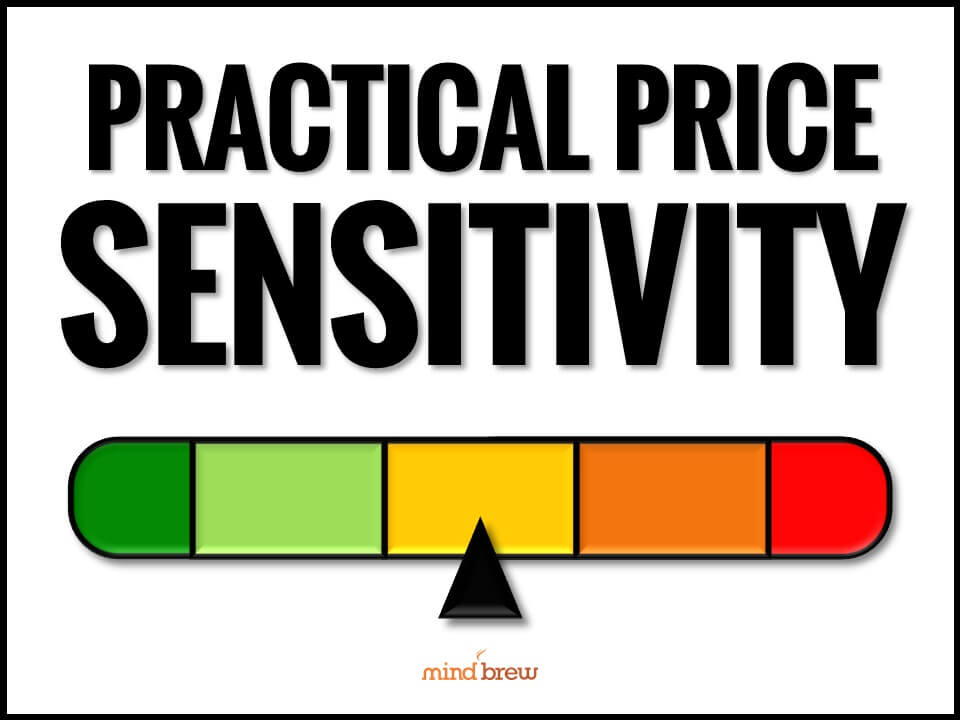Harvard Business School professor John Kotter says, “Leaders establish the vision for the future and set the strategy for getting there.”
And in fact, most executive teams appear to take Kotter’s advice. They have a document or set of statements that they refer to as their “business strategy.”
But when you look a little deeper, those strategies sometimes lack substance.
For example, we’ve seen companies that say their strategy is “be the market leader.” Or “focus on the customer.” Or “quality is job one.” While those might be good goals, they are worthless if they aren’t backed up with a clear roadmap for attaining them. Without specific, actionable steps, these statements are more inspirational than practical.
If you find yourself in this situation, don’t despair. Yes, it would be ideal if your leadership had laid out a clear strategy that you as the pricing team could support. But even if you don’t know exactly how your executives plan to accomplish their goals, there are still plenty of things your team can do that would support just about any strategy.
4 Key Pricing Capabilities
If you don’t have a fully fleshed out business strategy, we recommend that your pricing team focuses on these four areas:
- Price Segmentation Models: A good segmentation model is strategy-agnostic. It provides a clear picture of market dynamics, enabling better pricing decisions. These models help businesses understand the different segments of their market and how price sensitivity varies across these segments. In some cases, a good model might even help your management craft a better business strategy. We cover this concept in greater detail in The Fundamentals of Price Segmentation.
- Pricing Analysis and Synthesis: A B2B pricing team cannot succeed without strong analytical capabilities. That begins with gathering data to find historic trends. Then, your team needs to go a step further, extrapolating that past data to predict future performance. If your team’s analytic skills could use a refresher, check out The Fundamentals of Effective Pricing Analysis.
- Value-Based Pricing: To price your products and services effectively, you need to understand how your customers perceive the differential value of your product in relation to their other options. That requires a deep understanding of your different customer segments and a thorough knowledge of your offerings, as well as up-to-date intelligence about the competition. If your organization is still trapped in a cost-plus mindset or if you just aren’t fully utilizing this approach, The Fundamentals of Value-Based Pricing can help.
- Negotiation Training: A pricing strategy is only as good as the last mile. If the sales team is outmatched at the negotiation table, it’s all for nothing. Negotiation skills are a critical part of optimizing your prices, especially if your deals are large or complex. Negotiation training for your pricing and sales team can make a huge difference in getting closer to your target pricing, and Exposing the Secrets of Price Negotiation is a great place to start.
No matter what your company’s strategy is today, and no matter how it evolves over time, these four skills will also be helpful. More importantly, they will enable your company to adapt to changing circumstances more quickly and effectively.
For more tips on pricing approaches that help your company meet its business goals, watch the webinar on Aligning Pricing to Business Strategy. Whether your company has a fully baked strategy — or not — it can help ensure that your pricing team is ready for whatever comes next.

